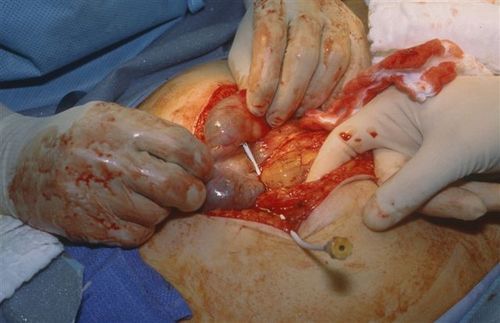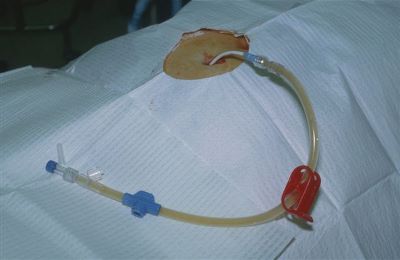
Pregnant women get seriously injured, too. And pregnancy is an independent risk factor for deep venous thrombosis. We reflexively start at-risk patients on prophylactic agents for DVT, the most common being enoxaparin. But is it safe to give enoxaparin during pregnancy?
Studies have looked at drug levels in cord blood when the mother is receiving enoxaparin, and none has been found. No specific bleeding complications have been identified, either. So from the baby’s standpoint, administration is probably safe.
However, there are two other issues to consider. In a study looking at the use of enoxaparin for prophylaxis in women with a mechanical heart valve, 2 of 8 women (and their babies) died. Both suffered from clots that developed and blocked the valves. Most likely, the standard dose of enoxaparin was insufficient, so monitoring of anti-Factor Xa levels must be done.
The other problem lies in the multi-dose vial of Lovenox (Sanofi-Aventis). Each 100mg vial contains 45mg of benzyl alcohol, which has been associated with a fatal “gasping syndrome” in premature infants. The individual dose syringes do not have this preservative.
Bottom line: It is probably safe to give enoxaparin to pregnant women after trauma. However, it is unclear if the dose needs to be increased to achieve adequate prophylaxis. Only consider using this medication after consultation with the patient’s obstetrician, and use only the individual dose syringes. Otherwise fall back to standard subcutaneous non-fractionated heparin (even though it is a Category C drug by FDA; it is still considered the anticoagulant of choice during pregnancy).







